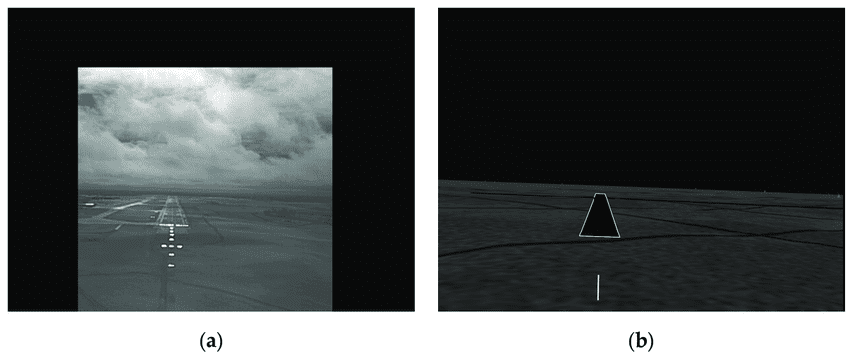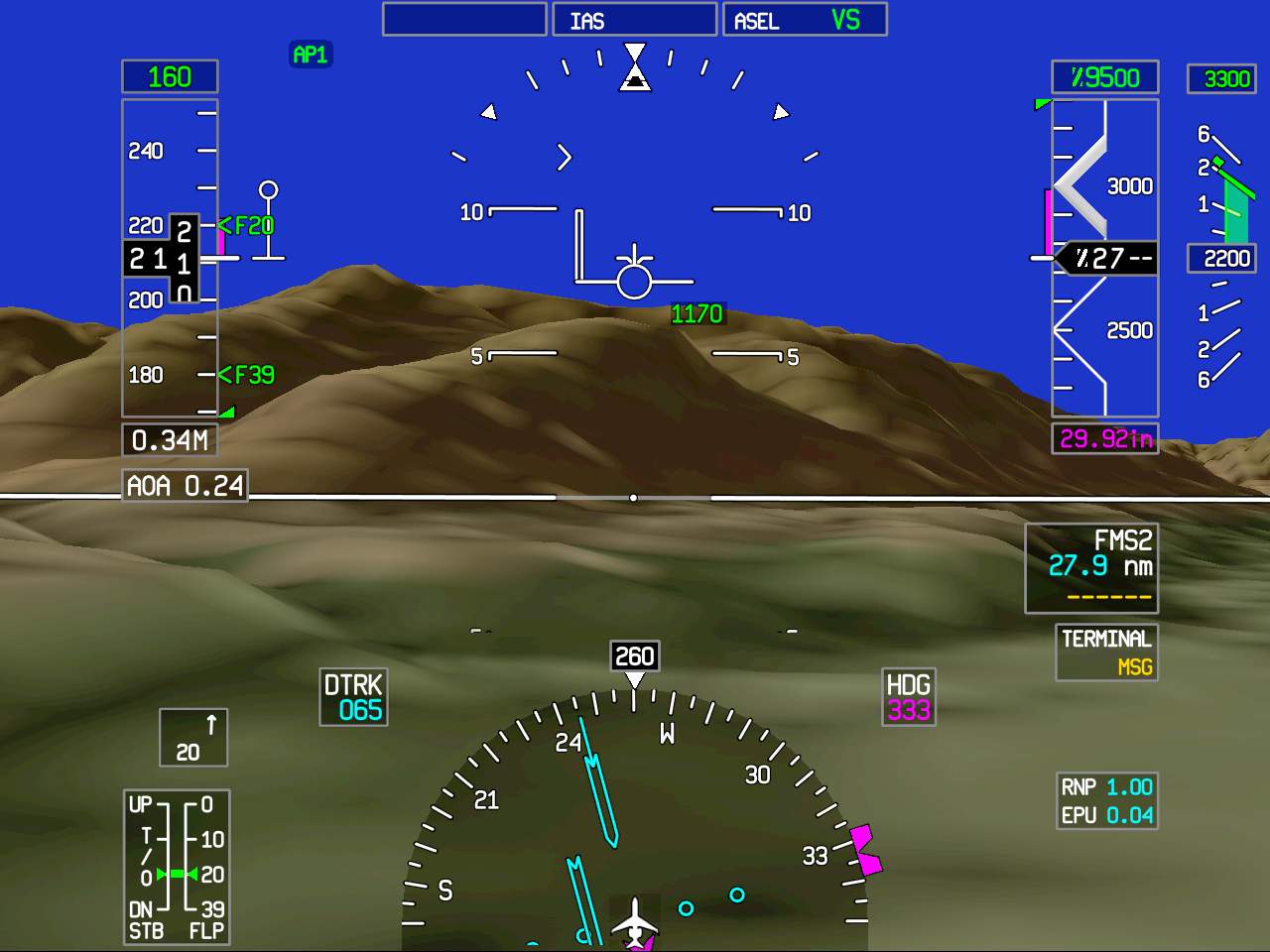Synthetic Vision System: Revolutionizing Aviation Safety and Efficiency
Synthetic Vision System (SVS) technology transforms how pilots navigate and interact with their surroundings. With improved safety, efficiency, and overall situational awareness, SVS quickly becomes an essential tool in modern aviation. This article closely examines the technology behind SVS, its advantages, and future developments.
What Is Synthetic Vision System Technology?
SVS is an advanced avionics technology that provides pilots with a real-time, computer-generated 3D representation of their external environment. By combining data from various sensors, GPS, and terrain databases, SVS offers a clear and accurate visual display, even during low visibility conditions. This technology has evolved, continuously improving sensor capabilities, data processing, and display techniques.
The Advantages of Synthetic Vision System for Pilots SVS offers several benefits, including:
- Enhanced situational awareness: Pilots can better understand their surroundings and make informed decisions by providing a clear visual representation of the environment.
- Improved safety during low visibility conditions: SVS allows pilots to maintain visual reference even in poor weather, reducing the risk of accidents and incidents.
- Reduced workload and stress for pilots: With easy-to-understand visuals, pilots can focus on critical tasks and avoid distractions.
- Increased efficiency in flight operations: SVS contributes to more precise navigation, fuel conservation, and improved flight planning.
How Synthetic Vision System Works in Aviation
SVS collects data from various sources, such as GPS and onboard sensors, to create accurate terrain and obstacle information. This data is then processed and displayed in real-time on a screen in the cockpit, typically integrated with other avionics systems like flight displays and autopilot.

Synthetic Vision System vs. Enhanced Vision System: What’s the Difference?
While both SVS and Enhanced Vision System (EVS) aim to improve situational awareness, they differ in their approach. EVS relies on infrared or camera-based sensors to provide real-time imagery, whereas SVS uses computer-generated images based on stored data. Combining both systems can offer complementary benefits, providing pilots with the most comprehensive view of their surroundings.
Synthetic Vision System: A New Era in Aviation Safety
SVS technology significantly enhances safety by providing pilots with clear visuals during challenging flight conditions, reducing the risk of accidents and incidents. As a proactive safety measure, SVS allows pilots to identify and avoid potential hazards before they become critical.
The Future of Synthetic Vision System Technology
SVS technology continuously evolves, with research focused on improving data processing, sensor capabilities, and display techniques. Artificial intelligence and machine learning show great potential in enhancing SVS capabilities. Additionally, integrating SVS with Unmanned Aerial Vehicles (UAVs) and Urban Air Mobility (UAM) could revolutionize these emerging industries.
Synthetic Vision System: A Game Changer for Aviation
The growing adoption of SVS in commercial and general aviation highlights its significance as a game-changer. The technology can revolutionize pilot training and certification, ensuring that future pilots have the tools for safe and efficient flying.
Synthetic Vision System: Benefits and Limitations
While SVS offers numerous benefits, it also has limitations, such as reliance on accurate and up-to-date databases, potential system failures, and high implementation costs. Addressing these concerns and overcoming barriers is essential for the widespread adoption of SVS technology.
Conclusion
Synthetic Vision System has the potential to revolutionize aviation safety and efficiency. By providing pilots with a clear, accurate, and real-time visual representation of their environment, SVS can significantly reduce risks and improve overall situational awareness. Continued research and development in this field will undoubtedly lead to even greater advancements in the future.

